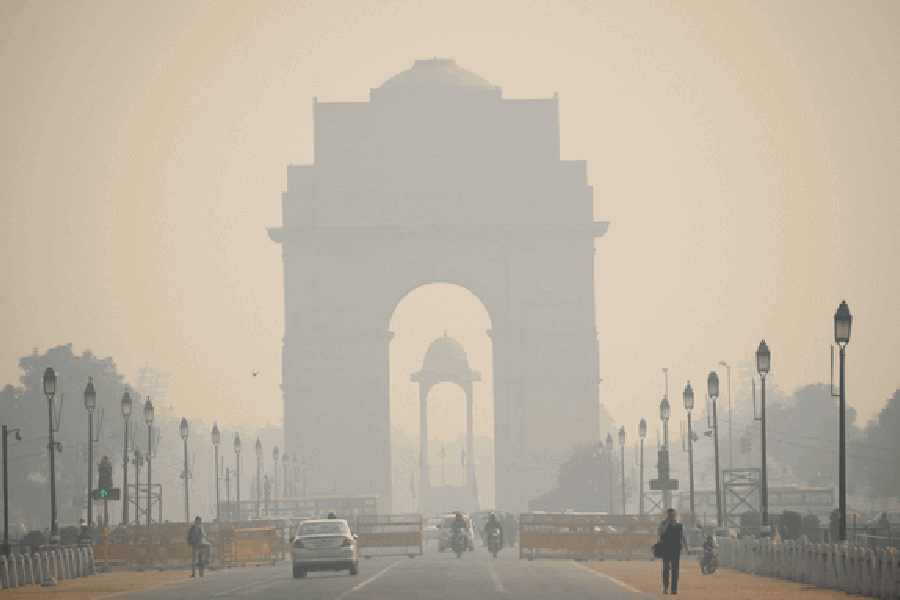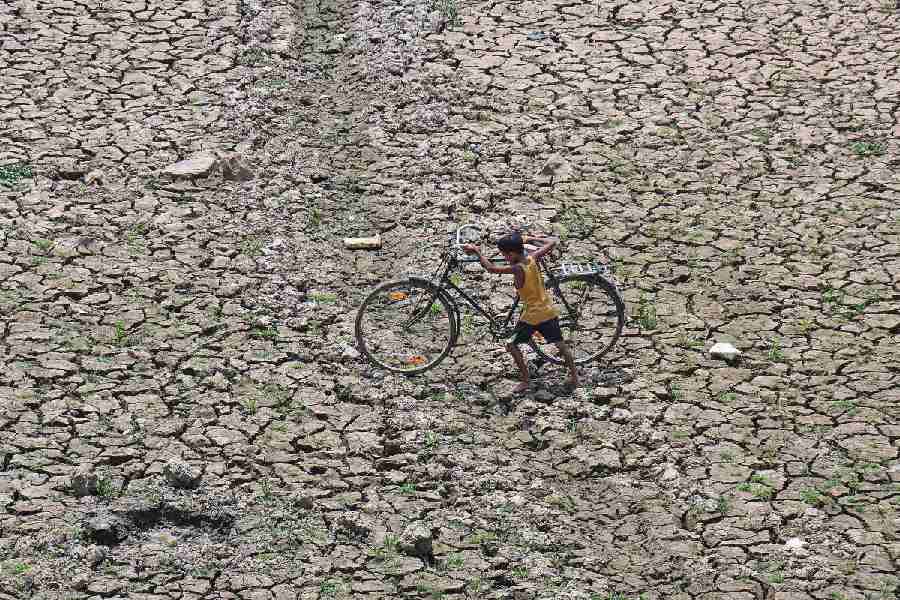Vehicles, road dust, construction dust, biomass burning, and industrial emissions continue to contribute to Delhi’s air pollution during the winter months, a report said on Friday.
The Delhi Pollution Control Committee (DPCC) released a report on Thursday and said that the national capital from 2014 to 2024 witnessed fluctuations in air quality.
According to the report, from 2016 to 2024, Delhi has experienced fluctuations in air quality.
As of September 19, the city recorded 96 days where air quality was classified as poor, very poor, or severe.
In comparison, there were 159 such days in 2023, 202 in 2022, 168 in 2021, 139 in 2020, 183 in 2019, 206 in 2018, 211 in 2017, and 243 in 2016, highlighting the fluctuations in air quality over the years.
The latest Source Apportionment Study of NCT of Delhi, highlighted in the DPCC’s latest report, shows that comprehensive research has identified major contributors to air pollution in Delhi such as vehicular emissions, road dust, construction activities, and biomass burning.
To mitigate these issues, the Delhi government has introduced stringent measures to manage dust from construction and demolition activities, alongside robust controls on vehicular emissions.
The report also emphasises the promotion of electric vehicles (EVs), with authorities targeting the installation of thousands of EV charging stations across the city to facilitate a shift towards cleaner transportation.
A notable aspect of this initiative is the deployment of 498 anti-smog guns at large construction sites, following a proportional distribution strategy based on the size of the sites.
According to the Central Air Quality Management (CAQM) Policy, construction sites of up to 5,000-10,000 square meters will see one anti-smog gun, while sites exceeding 20,000 square meters will have four guns installed.
According to the report, key initiatives in the strategy include the enhanced monitoring of air quality at 40 locations across the city and tracking eight critical ambient air quality parameters. This data is essential for understanding pollution trends and implementing targeted interventions, the report read.
Meanwhile, the report also highlights that in the fight against biomass burning, inspections of garbage burning sites have increased with 74,832 inspections conducted between October 2023 and September 2024.
A total of 1,321 incidents of open burning were addressed, resulting in fines totalling Rs 6.85 lakhs, the report reads.
Additionally, dust control and management cells have been established by 12 road-owning agencies, including the MCD, NDMC, and DDA, to ensure effective monitoring and compliance.
Additional measures reported include the deployment of Road Sweeping (MRS) machines in August 2024 and the operation of 229 Water Sprinkling Machines (WRS) to suppress road dust.
Authorities are also focusing on the scientific disposal of an average of 141.83 metric tons of road dust daily at designated sites, including Okhla and Ghazipur.
The report also highlights the installation of anti-smog guns on high-rise buildings, with 48 guns installed at government buildings and 50 at private structures. The concerned government authorities have been directed to identify more high-rise buildings for additional installations.
Except for the headline, this story has not been edited by The Telegraph Online staff and has been published from a syndicated feed.










